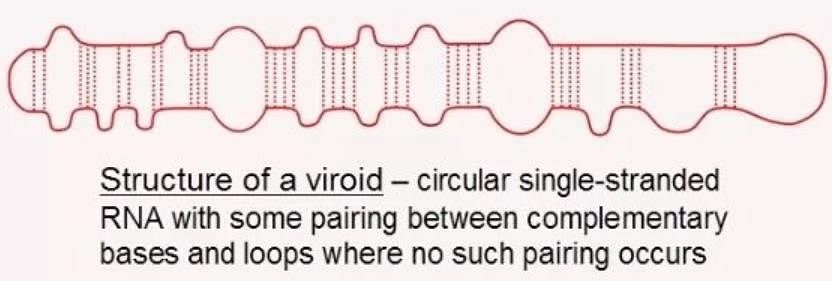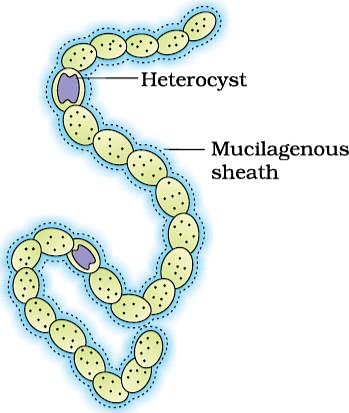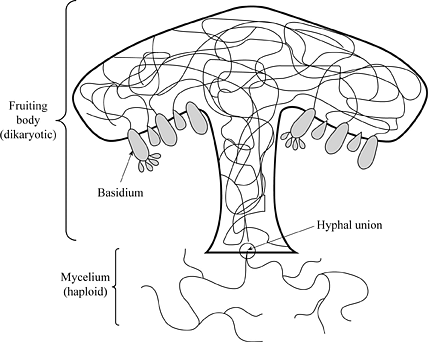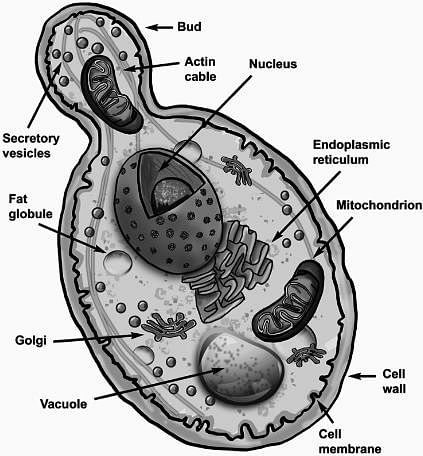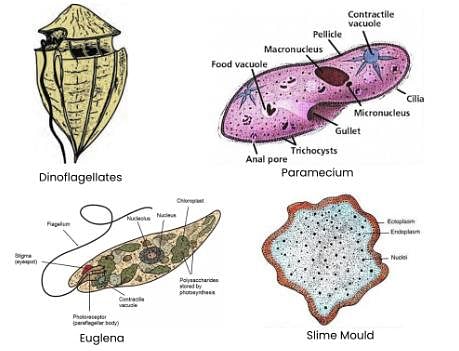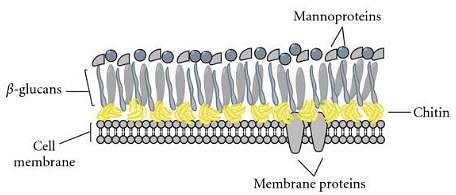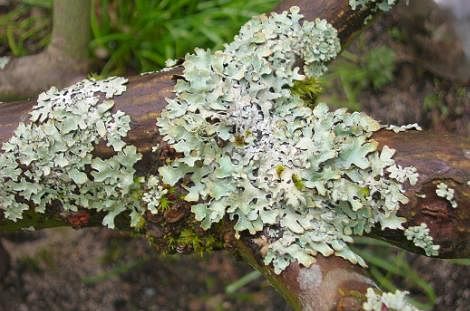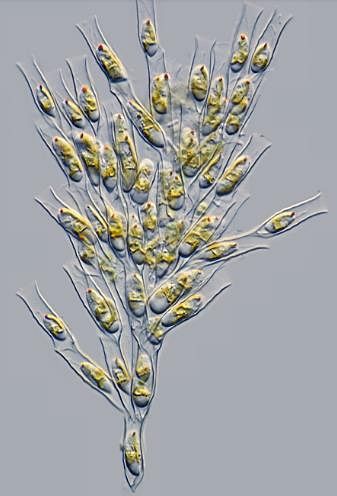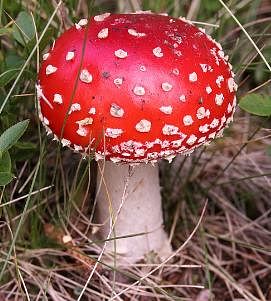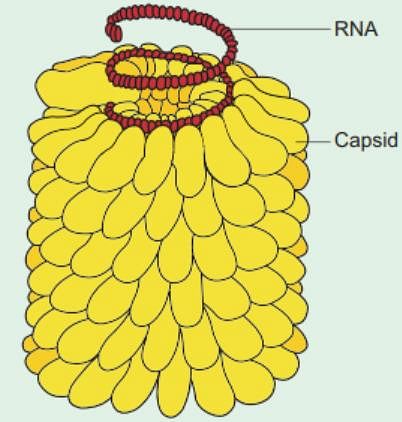31 Years NEET Previous Year Questions: Biological Classification - 1 - NEET MCQ
25 Questions MCQ Test Biology 31 Years NEET Chapterwise Solved Papers - 31 Years NEET Previous Year Questions: Biological Classification - 1
Which of the following statements is correct? (2021)
Which of the following is correct about viroids? (2020)
| 1 Crore+ students have signed up on EduRev. Have you? Download the App |
Which of the following is incorrect about Cyanobacteria? (2020)
Match the organisms in column-I with habitats in column-II. (2019)
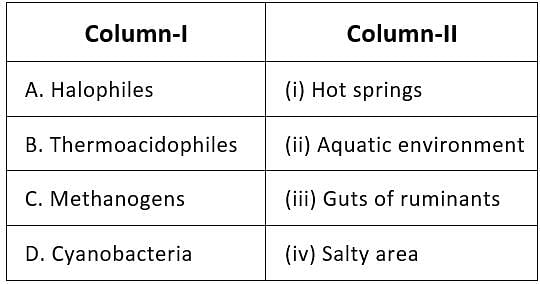
Select the correct answer from the options given below: (2019)
Which of the following statements is incorrect? (2019)
Mad cow disease in cattle is caused by an organism which has: (2019)
After karyogamy followed by meiosis, spores are produced exogenously in ______. (2018)
Which among the following is not a prokaryote. (2018)
Chrysophytes, Euglenoids, Dinoflagellates and Slime moulds are included in the kingdom______. [2016]
Which one of the following statements is wrong? [2016]
One of the major components of cell wall of most fungi is [2016]
Which of the following statements is wrong for viroids? [2016]
Which of the following are the most suitable indicators of SO2 pollution in the environment? [2015]
Choose the wrong statements: [2015]
In which group of organisms the cell walls form two thin overlapping shells which fit together? [2015]
Which one of the following matches is correct ? [2015]

True nucleus is absent in : [2015 RS]
The imperfect fungi which are decomposer of litter and help in mineral cycling belong to: [2015]
Which one is wrong statement? [2015]
Pick up the wrong statement. [2015]
Five kingdom system of classification suggested by R.H. Whittaker is based on: [2014]
Which one of the following fungi contains hallucinogens? [2014]
Archaebacteria differ from eubacteria in: [2014]
Which of the following shows coiled RNA strand and capsomeres? [2014]
Viruses have: [2014]
|
33 docs|83 tests
|
|
33 docs|83 tests
|


